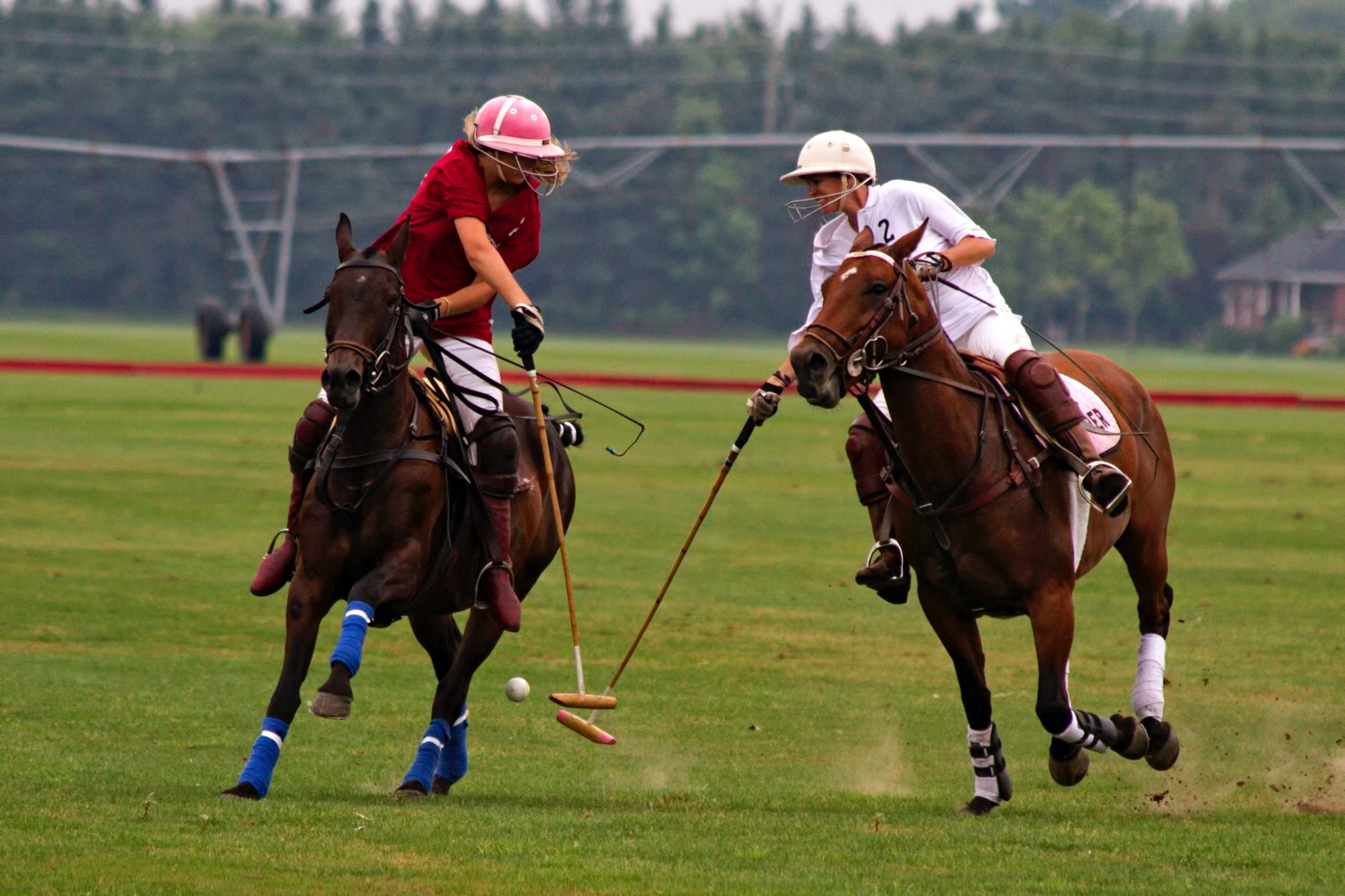User’s Guide
How to Use this Edited Book
The Value of Open-Access
Creating an open access online resource like this is beneficial because it offers high-quality scholarship and professionally researched materials for free to anyone who is interested in the topic of safe sport. Open access resources like Safe Sport: Critical issues and practices ensure a secure transfer of knowledge from trusted sources for learners and for organizations looking to educate their members and the general public, many of whom are working with limited resources. By making this resource open access, this critical information is available to a wider audience, many of whom might not have the funding or resources to acquire such a book.

Accessible for All
This is achieved through Accessibility for Ontarians with Disabilities Act, 2005 (AODA) compliant design and coding, captioning and transcription of all video and audio components, and full written descriptions for all figures and diagrams. We have also provided links to external resources, news articles, videos and podcasts for learners to explore particular issues in depth. There is also an abridged French version of this book, showcasing select chapters for learners looking to read about safe sport in both official languages.
The tools used to build this safe sport edited book are structured to ensure that our content reflects the POUR principle, meaning that the resource is Perceivable, Operable, Understandable, and Robust. The Universal Design for Learning (UDL) framework used in the creation of this edited book provides multiple ways for learners to engage with content and demonstrate their knowledge. For example, chapters includes interactive content, audio recorder/written response opportunities, and videos. A student focus group review was conducted prior to publishing, and their feedback was incorporated into the pedagogical approaches taken towards the chapters.
For The Audience – From Classroom to Workplace
This edited book is a unique resource that has the potential to benefit a wide range of students, educators and professionals.
It may be used by learners at a university or college across several disciplines such as sport management, kinesiology, physical education, recreation, law, sociology, history, social justice, gender studies, child and youth studies, and policy studies. It is this generation of students who represent the next generation of coaches, parents and sport organizers who must implement the necessary changes required to realize the safe sport goals outlined in this resource. As such, they need to have access to these critical research and training materials.
This edited book is a robust resource for researchers examining legal, social, ethical, and managerial issues in sport. It also targets professionals who work across public, nonprofit, and commercial sectors, as well as Canadian sport organizations at all levels who must lead programs and services where safe sport issues must be addressed. Finally, this book is useful to community and grassroots organizations as educational training materials for their members and volunteers.

For Use in the Classroom
The blocks of text in this edited book are split up with interactive figures and colourful text boxes designed to directly engage learners with the material. Instructors may utilize these text boxes, which contain relevant content and thought-provoking questions, for student assignments. These include the following:
- In the News: These text boxes provide real examples from open-access news articles both past and present to illustrate chapter concepts in action and encourage students to think more deeply about the complexities of the issues. These may be used as the basis for student assignments and projects.
- Self-Reflection: These encourage learners to pause while reading the chapter and consider their own thoughts and experiences relating to particular issues. These are numbered so they may be used as assigned questions or discussion questions in class.
- In Practice: This encourages learners to consider how concepts are applied in the real world, or how they might apply concepts to their own sport practice(s).
- Case Study: Similar to In the News, these text boxes provide a more complex case for analysis, as learners are asked to apply what they are learning to the case study. These may be used as the basis for student assignments or more detailed research and applied projects.
- Counterpoint: These provide an alternative point of view to a safe sport topic or issue. Instructors may want to use these as the basis for a discussion or a debate in class. Professionals may want to use these for practical scenario-planning exercises.

In addition to text boxes, there are multiple chapter sections that are useful for both learners, educators and professionals. To ensure accessibility, we structured the chapters with proper heading hierarchies as well as colour coding and icons to facilitate simpler way-finding throughout the text.
- Themes: This section at the beginning of the chapter identifies the key chapter themes. Students can use these when writing chapter reviews or discussing their main chapter takeaways.
- Learning Objectives: Also located at the beginning of the chapter, these can be used by students when writing chapter reviews, by instructors to identify chapters they want to use in their lessons, and by professionals for professional development and training.
- Overview: This is the short abstract for the chapter.
- Key Dates: These are important dates relevant to the chapter content so that learners can understand how the events they read about relate to one another, in a chronological and interactive format.
- Further Research: This section found at the end of each chapter identifies areas where scholars need to provide more research. This can be used by instructors for class discussions or for research assignments.
- Key Terms: This is a self-directed review activity that asks students to identify key terms and definitions within a chapter. Key terms are bolded throughout each chapter, so this is not a difficult activity. Instructors may choose to assign this activity to students as a pop quiz.
- Suggested Assignments: These are potential assignments that instructors can assign to students. Instructors may need to adjust the level of difficulty to suit the needs of their learners.
- Sources: This section is the bibliography and includes hyperlinks, where relevant, that researchers can use for further study, if desired.

